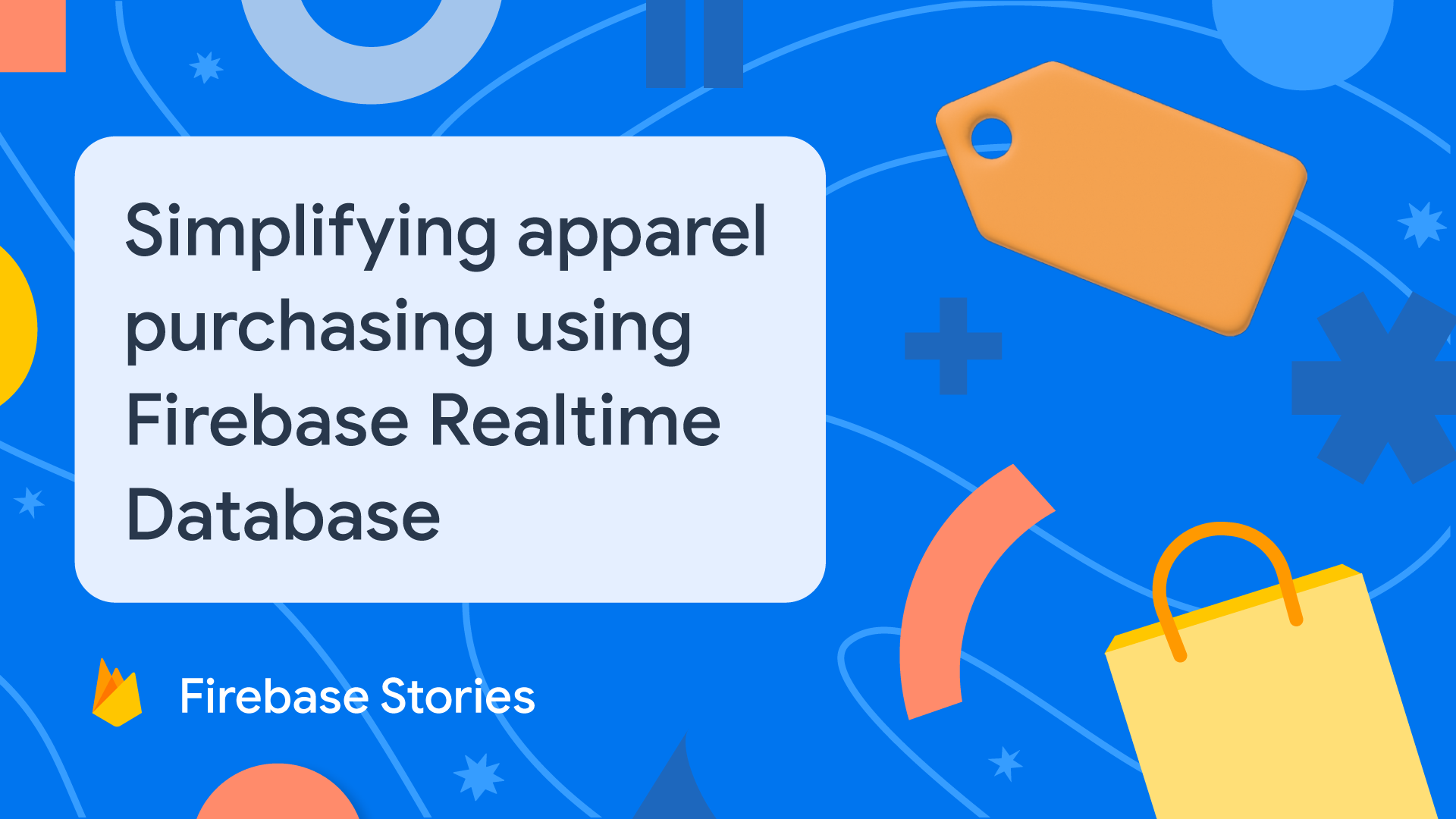Ulla Hald (founder and CEO) and Mark Turner (CTO) of FAVES talk about their app development journey and how FAVES uses Firebase to simplify apparel purchase management for small businesses.

Where did your passion for app development come from?
Mark: I grew up in the heart of Silicon Valley, so I was intrigued by programming at an early age and just enjoyed it a lot. This fascination with programming and the tech industry led me to work at a lot of startups early in my career, before joining HP and then Apple, where I met Ulla. I wasn’t always developing software directly, but I was always in some kind of role where I was working with developers.
When Ulla started the company that became FAVES, I joined her as the CTO. I really enjoyed getting back into development — I like problem-solving and the fact that in programming, something either works or it doesn’t.
What led you to start FAVES?
Ulla: We built FAVES to make it easy for retailers to organize their inventory buying and make profitable decisions. Today buyers see thousands of products at trade shows and online wholesale platforms, it’s easy to lose track and end up buying too many similar products or going over budget. FAVES was designed to give retailers a visual overview of their inventory and keep track of all the details, so they can optimize their business, and avoid costly common mistakes.
Mark: We started out building a curation tool, but soon realized our customers needed more comprehensive purchase planning and order management tools to compete and thrive in a rapidly changing industry. Our mission is to empower small and medium-sized retailers with the kind of planning tools that companies like Macy’s and Nordstrom have, so they can spend their time sharpening their entrepreneurial skills and making an impact on their communities, rather than juggling spreadsheets and chasing down orders.
How does the FAVES app work?
Ulla: If Instagram and Microsoft Excel had a baby, it would be FAVES. At the most basic level, you just take pictures of the products you’re buying and scan the tags to capture information like price, color, and delivery dates. Firebase keeps the purchases and spending updated in real time, so the entire team is on the same page and doesn’t go over budget. Back in the store, FAVES keeps track of expected deliveries and helps the marketing and sales teams prepare for the new products.
What app development challenges were you trying to solve at FAVES?
Mark: Right from the start, we knew that collaboration was a key requirement. That meant not just photo storage, but a real-time database with offline cache and sync. On top of that, we needed scalability. And we didn’t want to own or manage that infrastructure ourselves.
How did Firebase help solve these challenges?
Mark: We looked at a number of alternatives, but Firebase ticked all the boxes that mattered most to us: secure, scalable, and mobile-optimized. And it was easy to get started, so we could build and test without a big expense or long-term commitment. Firebase Realtime Database gave us the performance and scalability we needed, and seamlessly handled offline caching and sync, which is really critical for a collaborative mobile app. Our customers work in all kinds of places, sometimes without good network coverage. But with Firebase, they don’t have to think about it, and neither do we.
Additionally, Firebase helps us not only scale our operations, but also quickly develop new features built on Cloud Functions for Firebase without impacting our iOS development cycle. For example, we built our tag scanner using Cloud functions for Firebase and Google Cloud Vision API to read and interpret product labels, so customers don’t need to manually enter the information.
We now have more than 50 Cloud Functions for Firebase performing tasks like data analysis, report generation, and integrations with third-party platforms like Shopify. I’m sold on Cloud Functions for Firebase because they’re cost-effective, scale seamlessly, and don’t require me to provision and maintain a bunch of virtual machines.
What other Firebase features are you using?
We use Firebase Authentication to improve the sign-in and onboarding for our end users, Google Analytics for Firebase to gather insights on usage, and Firebase Crashlytics to monitor and debug stability issues.
We recently developed a Chrome extension that allows our customers to import orders directly from the most popular wholesale buying platforms. The importer leverages Firebase Hosting, Firebase Authentication, and Cloud Functions for Firebase for a seamless experience. Customers are blown away when they see their online orders appear in the FAVES app in just a few seconds.
How would you describe Firebase in one sentence?
Mark: Firebase has proven to be a reliable, flexible, and cost-effective platform that allows us to focus on features, not infrastructure, iterate quickly, and scale effortlessly.
Conclusion
Thanks to Ulla and Mark for sharing their Firebase story and taking us behind the scenes of FAVES. For more developer stories, check out our website, follow us on Twitter, and subscribe to the Firebase YouTube channel.
